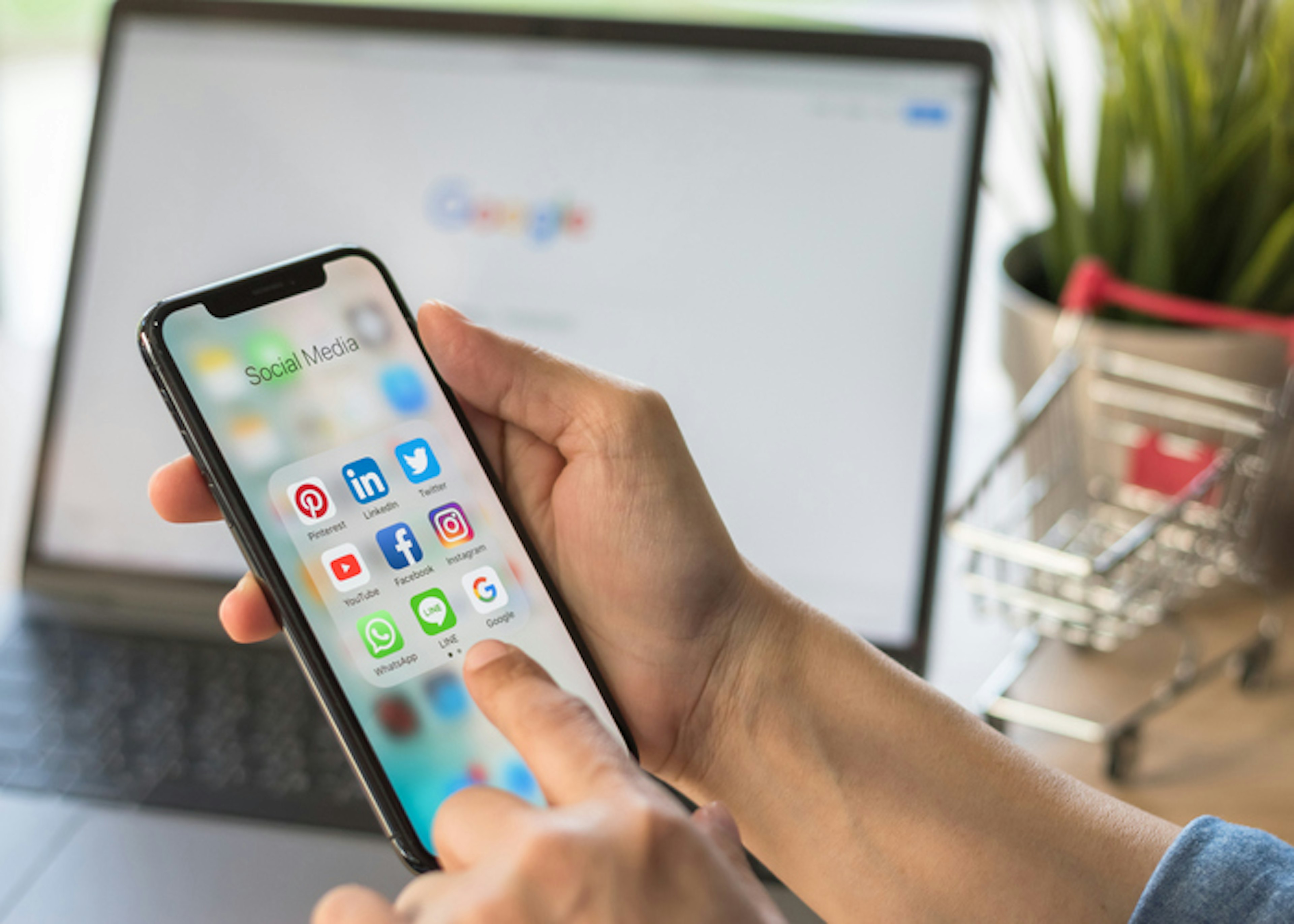

yer habits and the B2B buyer is no exception. A year in, many people have fully formed opinions of the pros and cons of virtual buying, and it seems the verdict is clear: the remote world is just easier. So much easier that only 20% of B2B buyers ever want to return to in-person sales.
So, without any other choice but to embrace the new digital reality, B2B buyers and sellers have adapted. So, this means your digital marketing strategy should have evolved as well, and this includes your social media strategy. On the 1-year anniversary of the pandemic, these are some of the most significant changes we’ve seen over the past year:
Social Media Ads are More Affordable than Ever: COVID budget cuts led to cheaper ad inventory and less competition on social networks, opening up the playing field for more B2B brands to test out messaging on these channels to find out what drives the highest return en masse. Naturally, as we come out of the pandemic, the costs of digital advertising will increase and return back to pre-COVID spend levels, if not higher, as budgets are opened back up. We’re not quite there yet, but should be returning there later in 2021 or early 2022. It’d be smart to at least test the waters sooner than later with advertising on social channels before the competition (and prices) heat back up.
Optimal Posting Times Have Changed: B2B decision-makers aren’t online strictly between 9 and 5 anymore as they are working varied hours in different environments than the usual pre-COVID office setting. This means that brands need to adjust how they schedule social posts for optimal engagement and reach. Pre-COVID social users were generally online earlier in the day than during COVID. Now, social users start and end their days later according to Sprout Social. It’s important that your brand monitors your posts for when you get the most engagement in order to learn how to be there for your prospects at the right moment.
Purpose-Driven Content Resonates: Along with a pandemic, we’ve experienced a year where the demand for social justice has been higher than ever before. Brands’ values that are aligned with those of their customers will stand out to their potential buyers. Proceed with caution, though. Purpose-driven content creation needs to be truly authentic and transparent with a long-term commitment to a cause rather than just playing into a short stunt. Consumers are on high-alert for inauthentic branding. And with good reason. It wasn’t very long ago that Pepsi tried to tie into the Black Lives Matter Movement in order to sell products.
Community Building > Selling: Direct engagement and user-generated content helps to provide a sense of connection for users. This is now true in the B2B world a year after COVID began as the feeling of isolation swept across the world as we entered into quarantine. Brands are investing more and more into community engagement, rather than just hard-sell posting. A part of this strategy is not just adopting this for brand accounts, but also company-wide, including with employees. Employees from brands who share, like and engage with their brand’s social posts drive up post reach 561% more than standard brand-shared messages. It’s important to recognize that your brand voice extends far beyond that of just your brand pages, as employees play an increasingly important role in driving social engagement.
If you thought social media marketing evolved rapidly before 2020 began, COVID further expedited it. There is a whole new approach for B2B brands and it’s likely to keep evolving along this route even as we go back to “normal”. It’s nearly impossible to keep up with these ever-changing trends. This is where an award-winning tech PR agency can help.